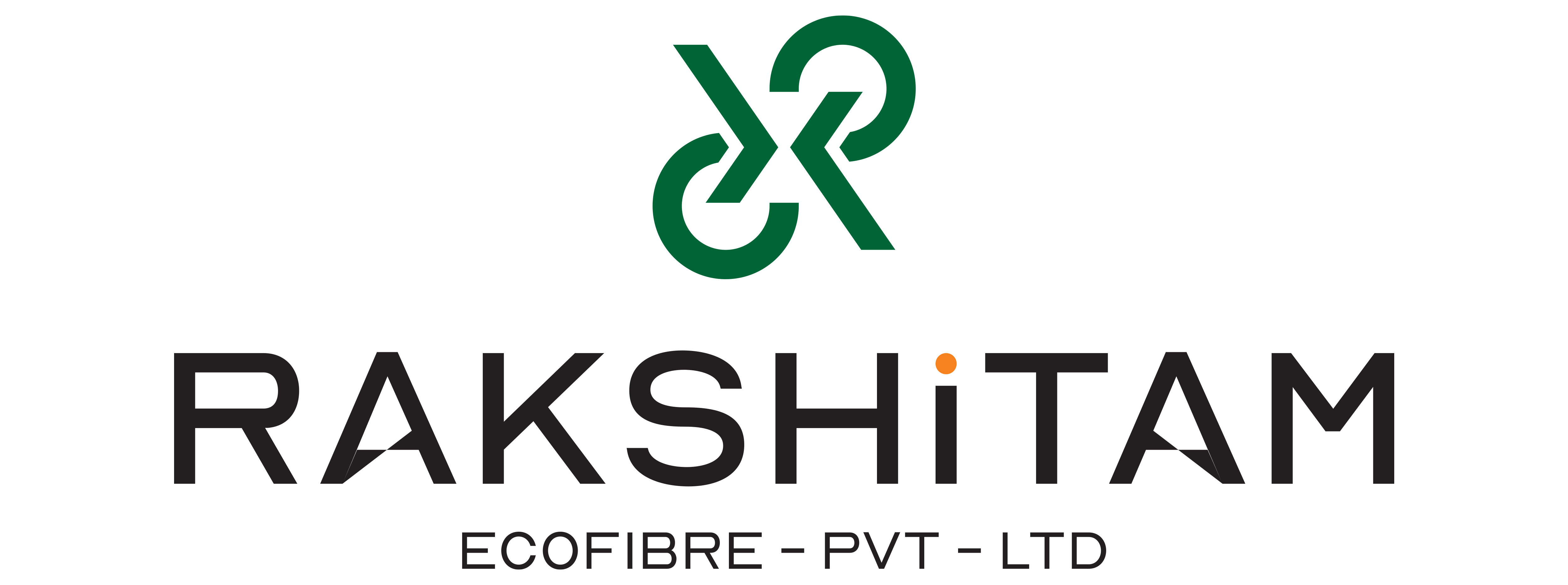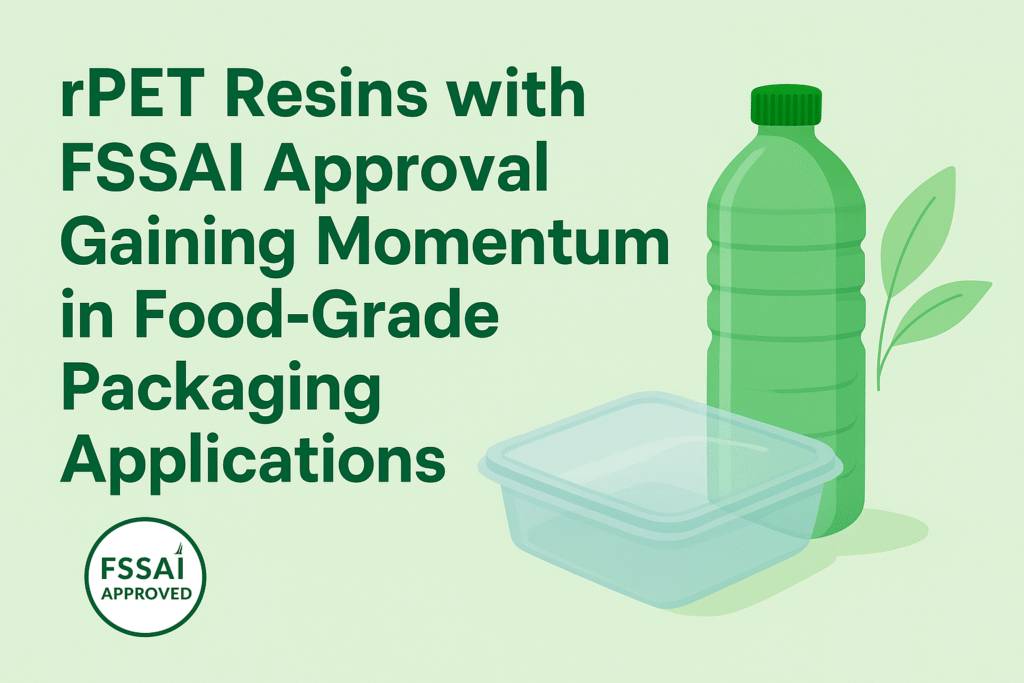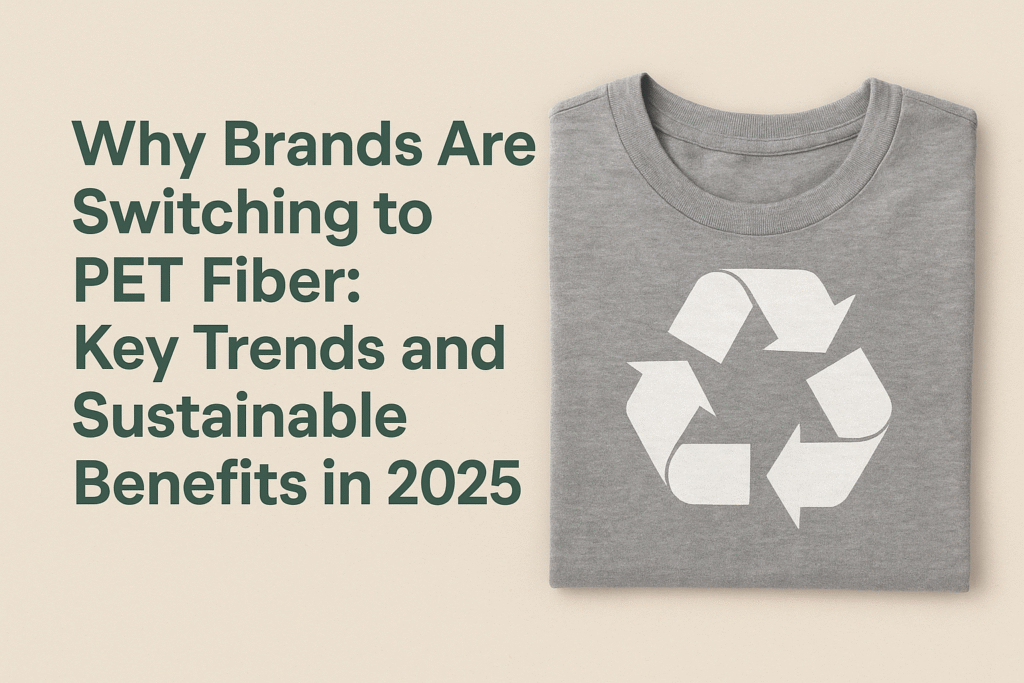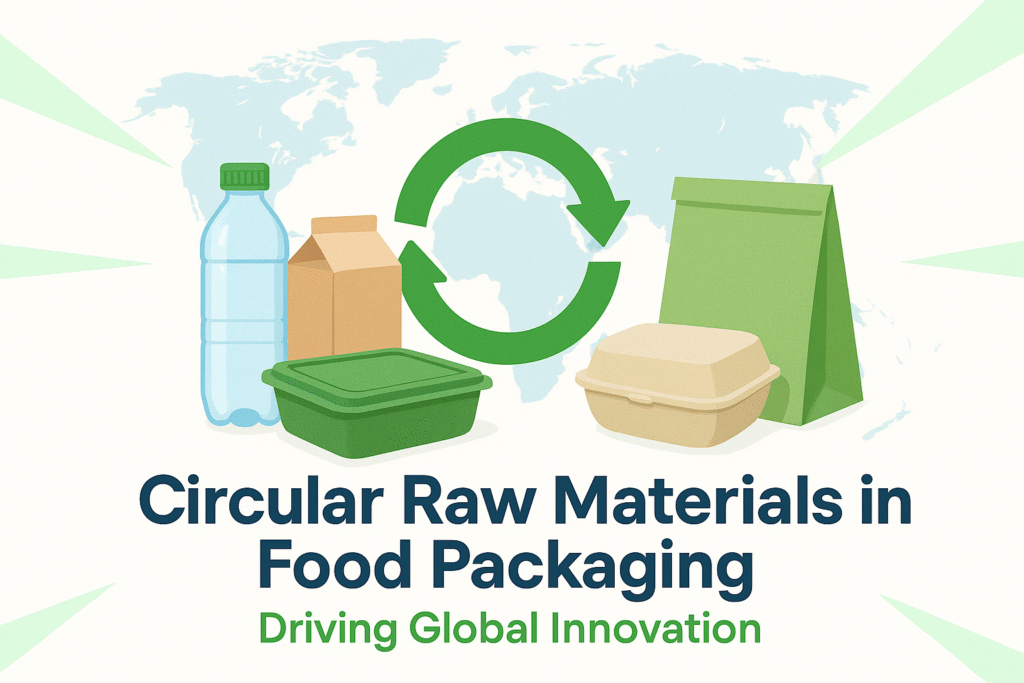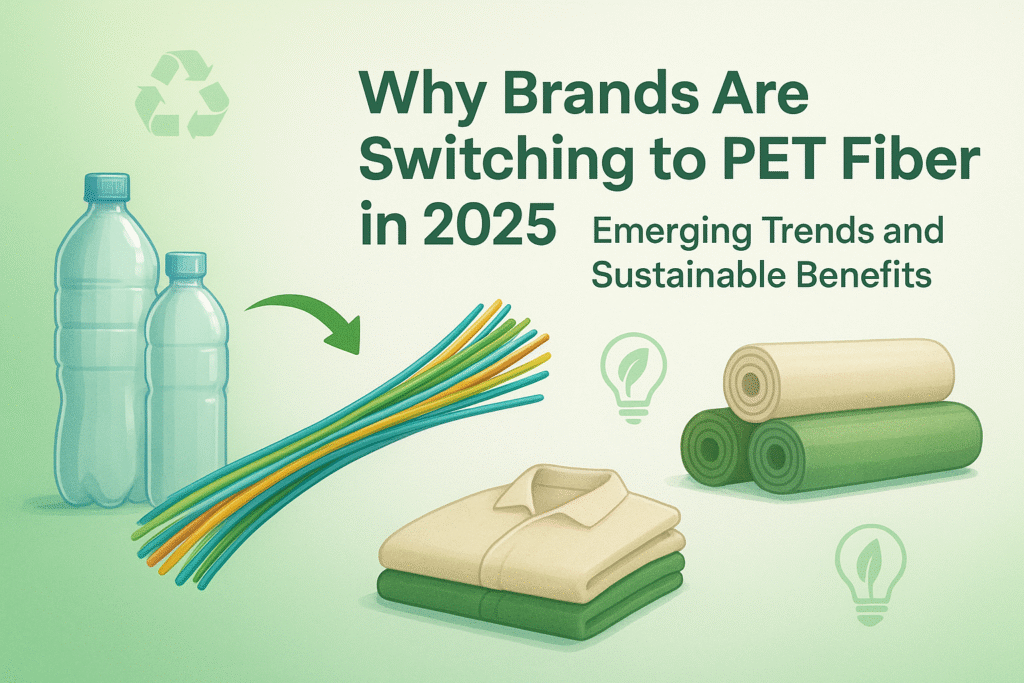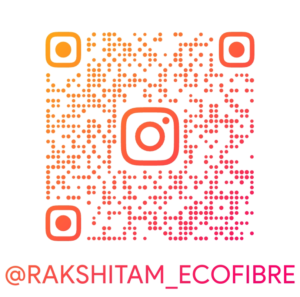By 2025, sustainability is not a catchword anymore — it’s a business plan. From fashion to home furnishings, international brands are consciously embracing green materials worldwide. A leader among them is PET fiber (Polyethylene Terephthalate), a recycled polyester fiber derived from discarded plastic bottles. This shift is a significant step toward waste reduction and circular manufacturing processes. Let’s find out why brands are turning to PET fiber, as well as the current trends and advantages fueling this shift.
What Is PET Fiber?
PET fiber, or recycled polyester staple fiber (RPSF), is made from recycling post-consumer plastic bottles into soft, strong fibers. These fibers are utilized in textiles, apparel, upholstery, automotive interiors, and nonwoven applications. Plastic waste is converted into usable materials instead of going to landfills — with both environmental and economic benefits.
Why Brands Are Turning to PET Fiber
1. Sustainability and Environmental Impact
Why Sustainability is Improving Brands PET Fiber Sustainability and ethical duties is no longer an option since every brand is looking to maintain a positive brand image. The conversion of brands to the use of PET Fiber is based purely on ethical and sustainable duty they owe the planet. The value and importance of sustainability and ethical brand duty is no longer an option since brand image is gaining great importance. The production of PET fibers requires minimal energy and produces less CO2 emissions than the troublesome virgin polyester production. Manufacturing just a ton PET fibers keeps thousands of plastic bottles out of landfills.
2.Cost-Effectiveness
Recycled PET fiber has a cost benefit compared to most natural fibers. Its longevity and minimal maintenance needs make it the perfect substitute in bulk production. With advances in recycling technology, the price difference between virgin and recycled materials continues to decrease, enabling brands to remain profitable while remaining environmentally friendly.
3. Consumer Demand for Sustainable Products
The demand for ethical and sustainable products is being fueled greatly by the younger generations. Over 70% of the world’s patrons are ready to pay a premium for a product advertised as sustainable. For each purchase of PET fibers, brands increase their reputation within sustainable circles and attract a new clientele.
4. Government and Industry Regulations
Governments across the globe are placing new regulations addressing recycling and plastic containment. Companies that use PET fibers are able to achieve certifications like the Global Recycled Standard.
New Trends of PET Fiber in 2025
1.Fashion Industry Revolution
Global fashion brands are incorporating PET fiber into their lines — from sports and casual wear to luxury brands. The “green fashion” trend is fueling alliances between recycling firms and apparel producers.
2. Removing Contamination
Advancements in Recycling Technologies: The development of new technologies in chemical recycling and closed-loop systems is improving the quality and color fastness of fibers. Because of these advancements, PET fibers can now perform like virgin polyester and will meet the requirements of high-end products.
3. Applications of Blended Fibers
To blend comfort and style with eco-friendliness, brands are working with PET-cotton and PET-wool blends. These blends are increasingly popular in the home textile, furniture, and automotive industries.
4. Corporate Sustainability Goals
Leading brands like Adidas, Nike, and H&M are setting the target of using 100% recycled polyester in the near future. These targets are serving as motivation for smaller producers to do the same.
Major Advantages of PET Fiber
- Lightweight and Strong: Suitable for diverse uses in textiles and industrial materials.
- Durable and Wrinkle-Resistant: Great for long-term fashion and furniture.
- Moisture-Wicking: Provides comfort for athletic wear and sportswear.
- Eco-Friendly: Lessens plastic waste and decreases reliance on petroleum-based products.
Also Read: How rPET Chips Benefit Consumers: Uses, Advantages, and Sustainability
Conclusion
The move to PET fiber is part of a bigger global trend — where brands are balancing purpose and profit. In 2025, sustainability is influencing buying behavior, manufacturing processes, and brand values. PET fiber is at the center of this revolution with its ideal combination of innovation, responsibility, and performance.
By embracing PET fiber, brands are not only saving the planet but also future-proofing their business in a world where consumers increasingly prefer environmentally-friendly options.
